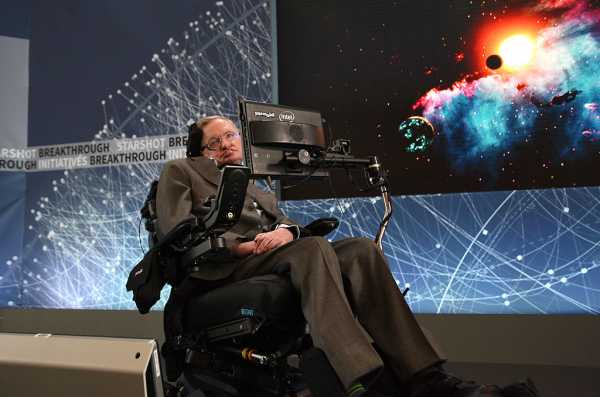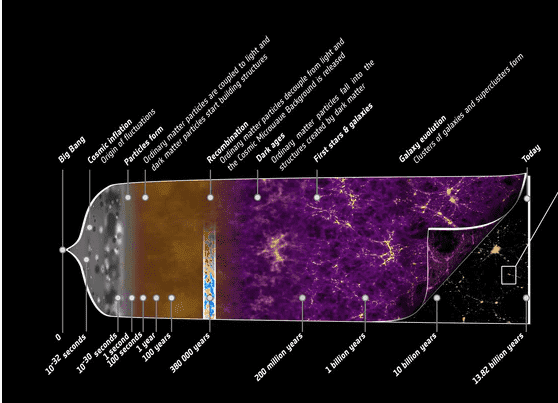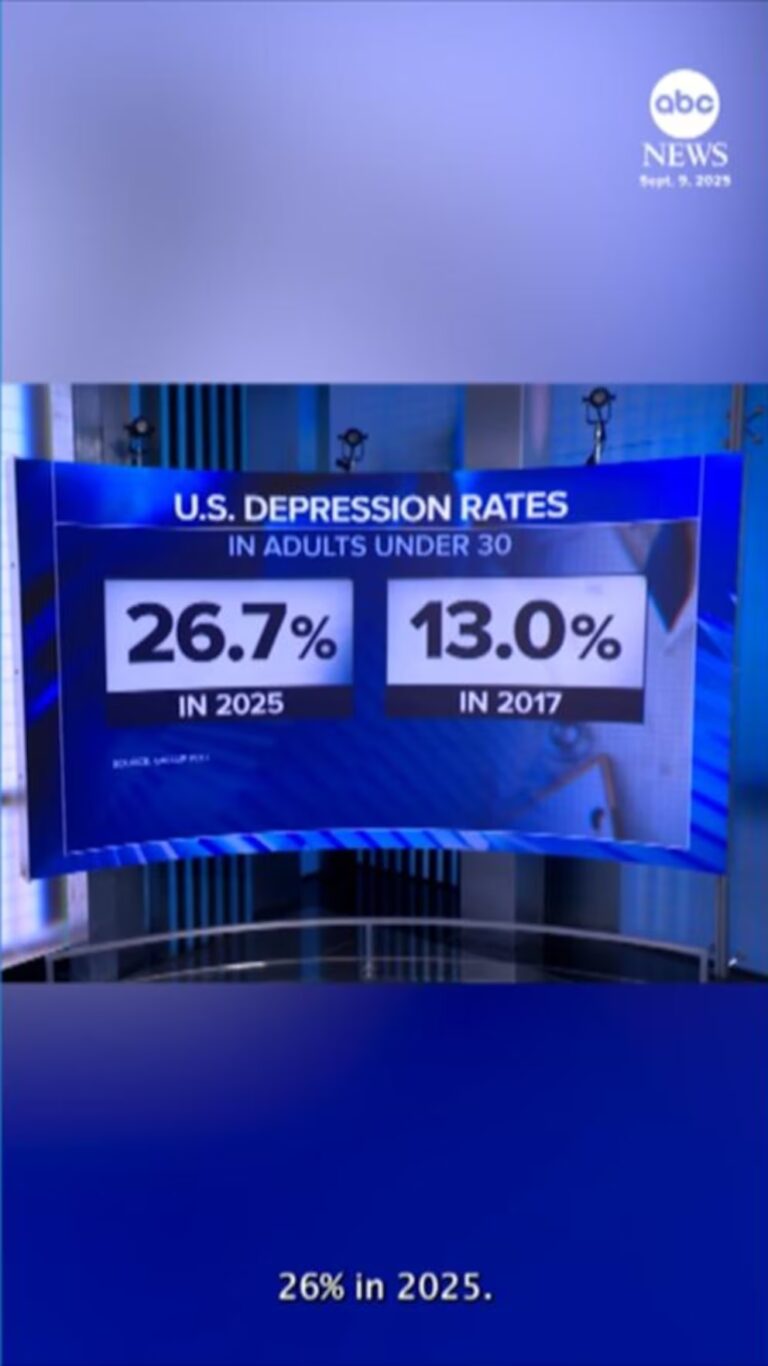
Fourteen billion years ago, in the moments after the Big Bang first set into motion all the matter and energy that would come to form our universe, something extraordinary happened. The very fabric of space and time itself expanded at a rate faster than the speed of light.
That “cosmic inflation,” as it’s called by physicists, has left us with a universe that’s bigger than we can ever possibly observe. Cosmic inflation means there are regions of space from which light has not yet reached us. It means there’s always something going on beyond the edge of the observable universe that none of our telescopes can hope to see.
It also means that beyond the border of our observable universe, there may be more universes.
Some models of the Big Bang theory predict that the inflation that stretched space at the beginning of time also produced an infinite number of “pocket universes,” separated by impassable inflated areas of space.
In this view, existence spreads out like a fractal drawing, and there are countless nooks in which pocket universes can reside. In those universes are countless iterations on the course of time, each varying slightly from the next.
In one of these myriad universes, a version myself is wearing a green shirt today (I’m wearing a white one). In another, I am in Fiji. In yet another, I was never born. There’s an upsetting universe in which pizza was never invented. In still others, the laws of physics that are fundamental to us don’t exist.
This is some mind-bendy stuff. But Stephen Hawking, who died on March 14, argued in his final published scientific paper — which just came out in the journal High Energy Physics — that the theory is not quite right.
In his final paper, Hawking argues that existence is simpler: that space doesn’t spawn countless separate universes. There may be more than one universe, but not an infinite number. And this final finding is actually a very hopeful one: It means we may have a chance of understanding our laws of nature more deeply.
Hawking’s case against the multiverse

“I have never been a fan of the multiverse,” Hawking once said, despite the fact that some of his earlier work in cosmology predicted it. He didn’t like the multiverse, as a theory, because it is a bit anti-scientific. Or, phrased another way, the multiverse represents the end of science.
Think of it like this: Multiverse theory predicts things we can never see or observe directly. And if your scientific theory predicts something that can never be tested, it ceases to be science. It’s philosophy.
The multiverse is unsatisfying in another way. It suggests the laws that govern our universe have no deeper meaning; that they are just one random permutation on the infinite fractal of reality.
“That’s deeply unsatisfying,” says Thomas Hertog, a physicist at the Catholic University of Leuven in Belgium who co-wrote the paper with Hawking, “because the laws of nature we observe in our universe, they appear to be very special, delicate, in a sense.” To embrace the multiverse is to give up on a search for a deeper meaning about the specialness of our universe, he says.
“Few people like [the multiverse] as an explanation, and we were not satisfied with it,” Hertog says. That mathematical models of the Big Bang predicted a multiverse suggest “the theory was not good. So we went back to the theory of the Big Bang and tried to improve the theory.”
Hawking’s final paper has a hopeful conclusion
The calculations Hawking and Hertog did were extremely complicated, but here’s a basic summary of them.
There’s a concept in physics called holography, which finds that our three-dimensional universe can be represented in two dimensions. And in this two-dimensional representation, all the math that helps explain our laws of nature still checks out. (You might have heard about this idea, that the universe is a hologram. It’s a concept that emerged from string theory; you can read more about it here.)
“Loosely speaking,” Hertog says, holography let Hawking and him remodel the math of the Big Bang. And with this new math, the fractal pattern of pocket universes goes away. Existence becomes “more constrained, more uniform,” he says.
In this model, there still may be more than one universe, but not an infinite number of them. In this model of the Big Bang, existence becomes more manageable, more knowable — but still filled with deep mystery.
Though the math of the paper checks out, the conclusion is far from proven. “More work is needed to prove this conjecture,” Hertog says. He says to think of it as “an outline of a new paradigm” of the Big Bang.
To prove the paper, we’re going to need direct evidence from the Big Bang, which might reside in the gravitational waves (the ripples in space and time) left behind in its wake. While scientists recently detected gravitational waves from 3 billion years ago, they have yet to detect much older primordial gravitational waves, though the search for these ancient waves is underway. (A few years ago, you may recall, there was a false positive from these efforts.) If they’re ever detected, they may contain the information necessary to prove or disprove Hawking’s final hypothesis.
For Hertog, who collaborated with Hawking for decades, publishing this final paper is bittersweet. “He had always had new and sharp ideas. and a wonderful team spirit,” Hertog says. “That entire collaboration has been a uniquely inspiring experience. In one way, I’m sad this has come to an end. And he’s not here to see the publication. But on the other hand, the science lives on, the legacy lives on.”
Further reading: Stephen Hawking and the mysteries of the cosmos
- Stephen Hawking’s most mind-blowing discovery: black holes can shrink
- But perhaps Hawking’s greater legacy is how he inspired others
- Hawking’s research is more accessible than you think. Here’s a guide.
- Why gravitational waves truly were the “scientific breakthrough of the year” in 2016.
Sourse: vox.com






